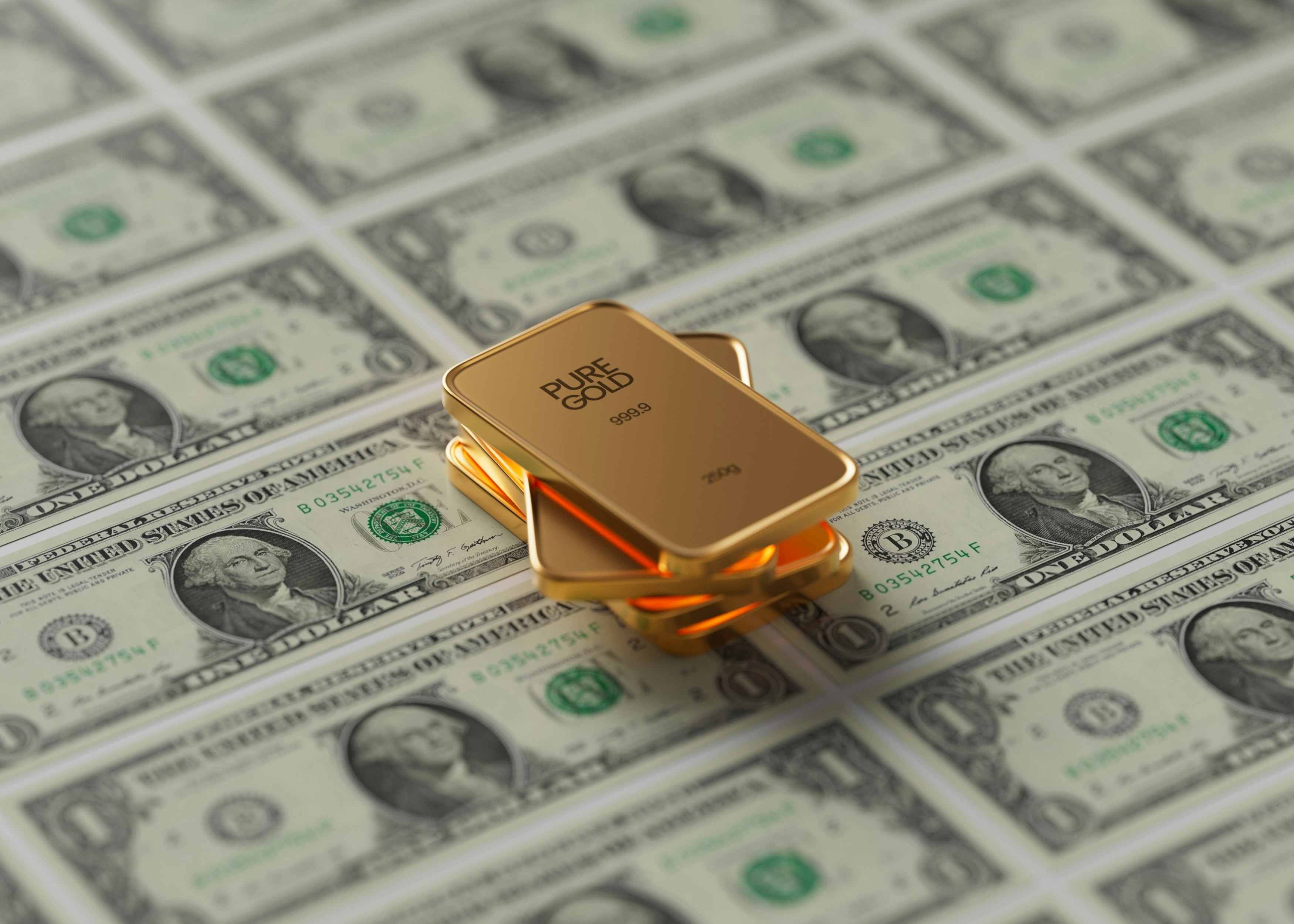

Introduction to Gold Pricing
Gold has long been revered as a cornerstone of wealth, serving both as a valuable asset and a hedge against economic instability. Historically, gold pricing has fluctuated based on a variety of factors, including geopolitical tensions, inflation rates, and changes in interest rates. Its intrinsic value stems from its scarcity, durability, and the universal perception of its worth. As economies experience volatility, investors often turn to gold as a safe haven, thereby impacting its market price.
In recent years, gold has demonstrated an upward trend in value, particularly during periods of economic uncertainty. The demand for gold jewelry, investments in gold bullion, and the increasing need for gold in technology have significantly influenced gold cost. Furthermore, central banks across the globe have been accumulating gold reserves, which adds another layer of complexity to its pricing. These actions reflect a growing recognition of gold as a strategic asset in diversifying portfolio risks.
Several factors contribute to the fluctuations in gold pricing. Supply-demand dynamics play a crucial role; for instance, when mining output decreases or global demand surges, prices tend to rise. Additionally, macroeconomic indicators such as currency devaluation and inflation metrics are pivotal in shaping investors’ perspectives on gold’s value. The relationship between gold prices and the U.S. dollar is another integral aspect, as a stronger dollar typically leads to lower gold prices, while a weaker dollar tends to boost demand for gold, driving up its cost.
As we look ahead to gold pricing in 2032, understanding the historical context and critical influencing factors will be essential for making informed predictions. By analyzing current trends and economic indicators, stakeholders can better prepare for potential developments in the gold market, ensuring a proactive approach to investment strategies in the coming years.
Historical Trends of Gold Prices
The cost of gold has seen significant fluctuations over the past several decades, influenced by a multitude of economic, political, and social factors. Historically, gold has been considered a safe-haven asset, particularly during times of uncertainty or financial instability. For instance, during the 2008 financial crisis, gold prices surged as investors sought refuge from declining stock markets and the volatility of fiat currencies.
Looking back further, the early 1980s were marked by a dramatic increase in gold prices, driven by high inflation and geopolitical tensions. At that time, gold reached an all-time high of approximately $850 per ounce. However, throughout the late 1980s and early 1990s, prices stabilized and fell as economic scenarios shifted and the market adjusted to changing dynamics.
The early 2000s marked another pivotal chapter in the history of gold pricing, as prices began a remarkable ascent. This upward trend was spurred by a combination of factors: rising demand from India and China, increasing currency devaluations, and overall economic instability. Gold cost reached new heights in 2011, peaking at over $1,900 per ounce, as the aftermath of the global financial crisis underscored its value.
Fast forward to recent years, and gold has remained a focal point of investment strategy amid ongoing global turmoil, including trade wars and the health crises brought forth by pandemics. The gradual rise in gold prices has been indicative of a slow recovery for many economies, and analysts predict that such trends will continue to play a role in shaping the gold market. Understanding these historical trends provides a solid foundation for forecasting gold pricing in 2032, as many key drivers affecting its cost will likely persist.
Factors Influencing Gold Prices
The price of gold operates within a complex web of influences that interplay with market perceptions and economic realities. One of the primary drivers is economic indicators. Economic data such as GDP growth rates, employment statistics, and consumer confidence can significantly affect investor sentiment regarding gold. When economic performance is weak or uncertain, investors often flock to gold as a safe haven, thereby increasing its cost. Conversely, strong economic performance may lead to reduced interest in gold, causing its price to decline.
Geopolitical tensions also play a crucial role in influencing gold prices. Events such as wars, political instability, or trade disagreements can create uncertainty in financial markets, prompting investors to seek refuge in gold. For instance, periods of heightened tensions between countries can lead to spikes in gold prices as individuals and institutions look for security amidst chaos. Additionally, the ongoing war or conflict can disrupt gold production, further impacting supply and consequently its cost.
Inflation rates are another significant factor. Typically, gold is viewed as a hedge against inflation. When inflation rises, the purchasing power of currency declines, making tangible assets like gold more appealing. Thus, in an inflationary environment, demand for gold often increases, leading to higher prices. Similarly, currency fluctuations can affect gold costs; a weaker dollar makes gold cheaper for holders of foreign currencies, thus stimulating demand internationally.
Finally, changes in demand and supply dynamics in the gold market can lead to price fluctuations. Factors such as mine production rates, recycling of gold, and changes in jewelry demand, especially in countries like India and China, can impact availability and cost. Hence, analyzing these multifaceted influences provides a foundational perspective for predicting gold prices in 2032.
Economic Forecasts for 2032
As we look towards 2032, various economic forecasts indicate a complex landscape that will significantly influence the cost of gold. At the forefront of these projections are expected growth rates, inflation trends, and the potential for economic recessions that could reshape financial markets. Analysts predict a moderate global economic growth rate, estimated between 2% to 3%, which is influenced by ongoing technological advancements, changes in consumer behavior, and shifts in international trade dynamics. However, economic forecasts also signal that these growth rates may not be stable, as geopolitical tensions and supply chain disruptions could lead to increased volatility.
Inflation is another critical component influencing the price of gold in 2032. Many economists anticipate that inflation could remain elevated due to various factors, including rising energy prices, supply constraints, and shifts in monetary policy. An inflation rate exceeding 3% could bolster gold’s appeal as a hedge against currency depreciation and loss of purchasing power, potentially driving up gold costs. Central banks are likely to respond to inflationary pressures with adjustments in monetary policy, including interest rate hikes, which can further affect gold investments.
Moreover, the possibility of economic recessions cannot be discounted. Historical trends suggest that during times of recession, investments in gold typically increase as investors seek safe-haven assets. If projections signal an economic downturn in the early 2030s, this could lead to spikes in gold prices as demand rises amidst uncertainty. To summarize, the economic landscape leading up to 2032 is expected to be characterized by moderate growth, heightened inflation, and potential recessions, all of which are crucial elements in forecasting gold costs in the coming years.
Technological and Industrial Demand for Gold
Gold has historically maintained its status as a valuable commodity, not only due to its aesthetic appeal and investment potential but also because of its myriad applications in various industries. As we look toward 2032, the interplay of technological advancements and industrial demand will play a critical role in shaping the future cost of gold. One primary driver is the growing utilization of gold in electronics and technology sectors. With the rapid expansion of the tech industry, particularly in areas such as semiconductor manufacturing and mobile devices, the demand for gold is likely to increase significantly. Gold’s excellent conductive properties make it indispensable in high-quality electronic components, ensuring its relevance in the technology landscape.
Moreover, the rise of renewable energy technologies, including solar panels and electric vehicles, is expected to further boost gold demand. Gold is widely used in the production of photovoltaic cells for solar energy, which positions it as a vital material in the shift toward sustainable energy solutions. As the world moves closer to achieving environmental goals, the gold cost may be influenced by the increase in production and the subsequent demand from these sectors, especially if new technologies continue to emerge that require high-performance materials.
Another critical factor influencing future gold pricing is the development of innovative technologies in the industrial sector that optimize gold extraction and refine processing techniques. As companies invest in research to enhance efficiency, the overall availability of gold may be affected, impacting its market value. Additionally, with growing interest in cryptocurrencies, which utilize gold as a benchmark for value, the intrinsic link between gold and financial technology could redefine its market position by 2032.
In summary, the integration of technological advancements and industrial applications for gold is poised to significantly influence its pricing. The sectors of technology and renewable energy, in particular, are expected to drive demand, shaping the gold cost landscape in the upcoming years.
Geopolitical Considerations
The fluctuating cost of gold is often influenced by a myriad of geopolitical factors, including political stability, trade policies, and international relations. As we look towards 2032, it is crucial to consider how these elements might shape the gold market. Historically, gold has been viewed as a safe-haven asset during times of geopolitical turmoil. Investors typically flock to gold during crises, leading to an increase in its price. Therefore, any political instability or uncertainty in key regions could contribute to significant shifts in gold pricing.
Trade policies play a pivotal role in determining economic conditions that directly affect gold cost. For instance, trade disputes, tariffs, and sanctions can disrupt markets and create an atmosphere of uncertainty. A decline in international trade can lead to economic slowdown, prompting investors to seek safe assets like gold. Furthermore, shifting alliances and trade agreements amongst countries can also contribute to the perception of risk, subsequently influencing investors’ decisions about gold investments.
International relations, particularly among major economies, will undoubtedly shape the future of gold. As tensions rise or fall between countries, particularly those rich in gold resources or influential in the global gold market, the impact on gold pricing could be substantial. For example, geopolitical tensions in the Middle East or trade relations with countries like China and the United States may create speculative behaviors among investors, further driving the gold cost.
As we approach 2032, it is essential to monitor these geopolitical elements closely. The interplay between political stability and market dynamics will define the landscape of the gold market, directly impacting both its demand and pricing. Understanding these influences allows investors to make more informed decisions regarding their gold investments in the coming years.
Market Sentiment and Speculation
The dynamics of market sentiment play an indispensable role in influencing the cost of gold, thereby shaping its trajectory towards 2032. Investor psychology and emotional responses often determine the actions of traders in the gold market, leading to fluctuations that can sometimes appear irrational. Historically, periods of economic instability, geopolitical tensions, and inflationary pressures have driven investor sentiment towards gold as a safe-haven asset. For instance, during the 2008 financial crisis, there was a notable surge in gold prices as investors sought to hedge against uncertainty, illustrating how psychological factors can overshadow fundamental analysis.
Moreover, speculation often compounds the influence of market sentiment on gold costs. Traders might project future trends based on sentiment indicators, leading to increased demand that further elevates prices. The 2020 COVID-19 pandemic serves as another example; as fears of economic downturn intensified, gold reached record highs. Speculators, anticipating ongoing volatility, significantly impacted prices through frenetic buying, demonstrating how collective sentiment can propel prices beyond traditional valuations.
As we look toward 2032, understanding these psychological elements will be crucial for investors. Predictions must account for not only economic indicators but also the prevailing mood in the market. Factors such as social media influence and the ease of information dissemination in the digital age can amplify sentiment-driven movements, potentially resulting in more pronounced volatility in gold costs. Therefore, increased focus on sentiment analysis alongside technical and fundamental evaluations will be key for anyone hoping to navigate the complex landscape of gold investing in the coming years.
Expert Predictions and Analysis
Gold has long been regarded as a safe-haven asset, often sought for its stability during times of economic uncertainty. As we look toward 2032, various economists, market analysts, and industry specialists offer insights into the potential trajectory of its cost. Factors influencing the gold cost in the coming years include geopolitical tensions, inflation rates, and currency fluctuations, which are critical to understanding how this precious metal may perform.
One prominent economist posits that as inflation remains elevated due to persistent supply chain disruptions, the gold market may experience upward pressure. Historically, gold has been a hedge against inflation, and with central banks around the globe maintaining dovish monetary policies, many expect gold to retain its allure for investors seeking to preserve value. Analysts suggest that by 2032, we may see a gold price that reflects this ongoing demand for a stable asset.
Conversely, some forecasts indicate a potential stabilization in gold prices if fiat currencies regain strength and interest rates rise significantly. In this scenario, the demand for gold could diminish as investors turn to yield-bearing assets. Industry specialists emphasize that technological advancements in gold mining and recycling could influence supply dynamics, potentially keeping downward pressure on prices if excess supply outstrips demand.
Moreover, global factors such as economic recovery post-pandemic and evolving investor behavior are anticipated to play fundamental roles in shaping the gold market. Experts suggest that the interplay of these elements will contribute to the fluctuation of gold prices, making it imperative for investors to stay informed and adaptable. As we move closer to 2032, a diversified investment approach will be essential in navigating the complexities surrounding gold cost and its unpredictable landscape.
Conclusion: The Future of Gold Investment
As we look towards the future of gold investment, particularly predicting gold prices in 2032, it is crucial to recognize the multifaceted factors that will inevitably influence its market behavior. Economic conditions, geopolitical events, and changes in supply and demand all play fundamental roles in shaping the cost of gold. Investors must remain aware of these variables to navigate the complexities of this precious metal’s value.
The historical performance of gold has demonstrated its resilience during periods of economic instability, often serving as a safe haven for investors. However, as we approach 2032, uncertainties surrounding inflation rates, interest rate adjustments, and global economic growth could significantly impact gold cost. Increased industrial demand and evolving technologies may also contribute to fluctuations in pricing. Understanding these dynamics is vital for anyone considering an investment in gold.
Moreover, the increasing interest in sustainable and ethical investing may drive changes in the gold market. As consumers become more conscientious about the sources of their investments, the market may adjust to reflect these values, influencing the overall cost of gold. Additionally, advancements in mining techniques and exploration could affect supply levels, adding another layer of complexity to future price predictions.
When contemplating investments related to gold, it is essential to approach with a well-rounded perspective. Past trends, current market sentiment, and future potential scenarios should all be carefully analyzed. While there are no guarantees, being informed and prepared can provide a greater advantage in the ever-changing landscape of gold investment as we move towards the year 2032.

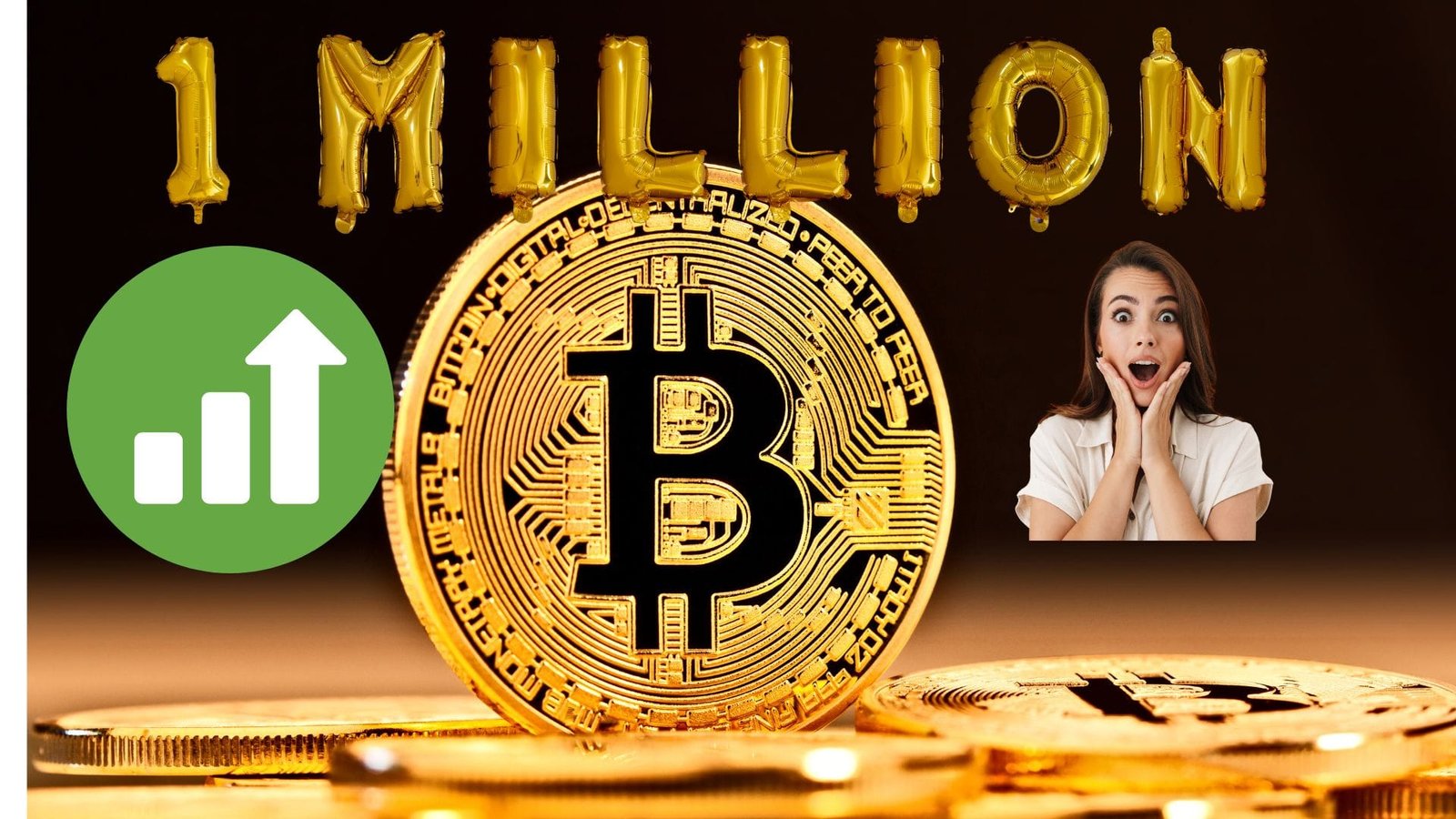
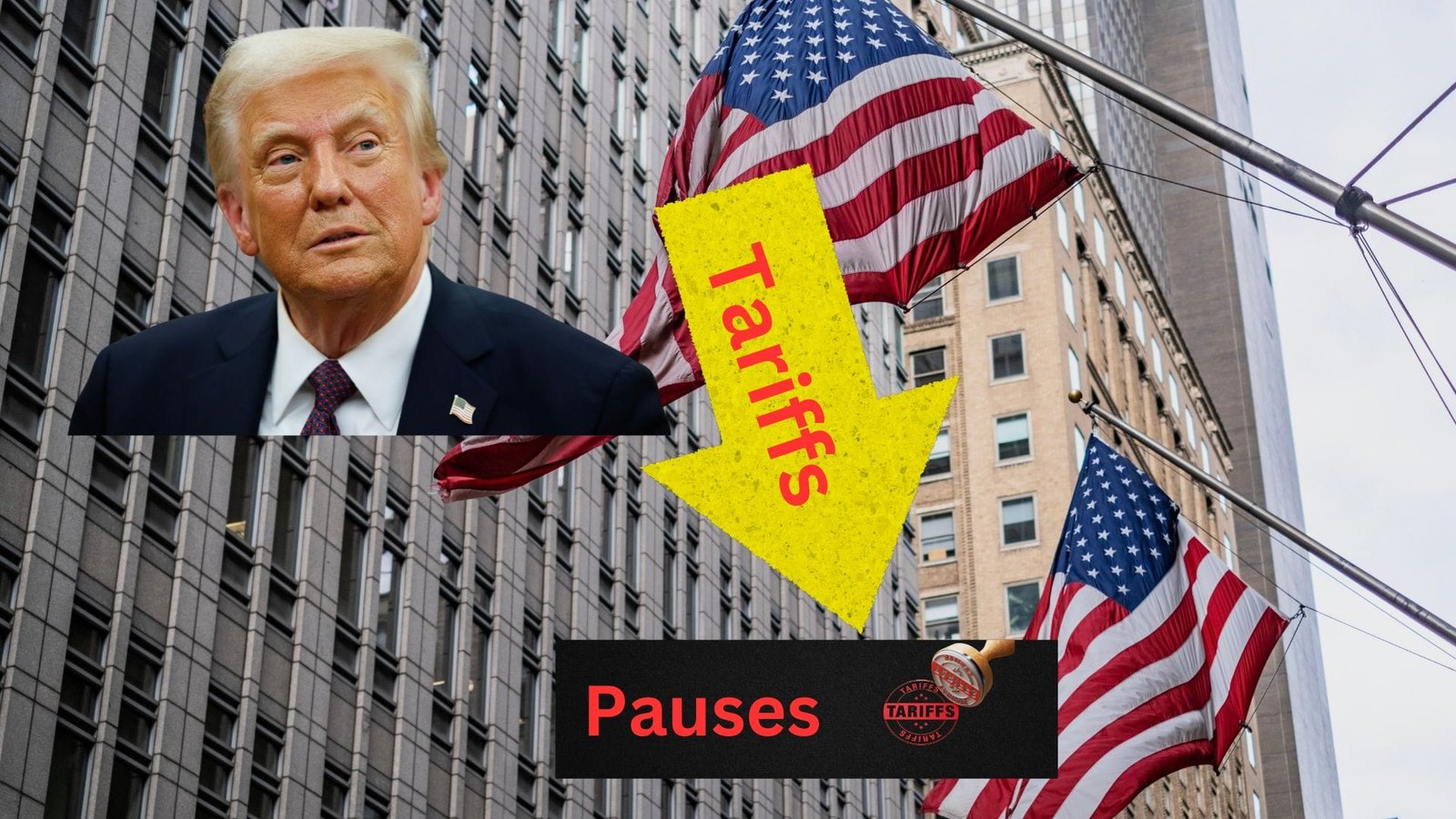


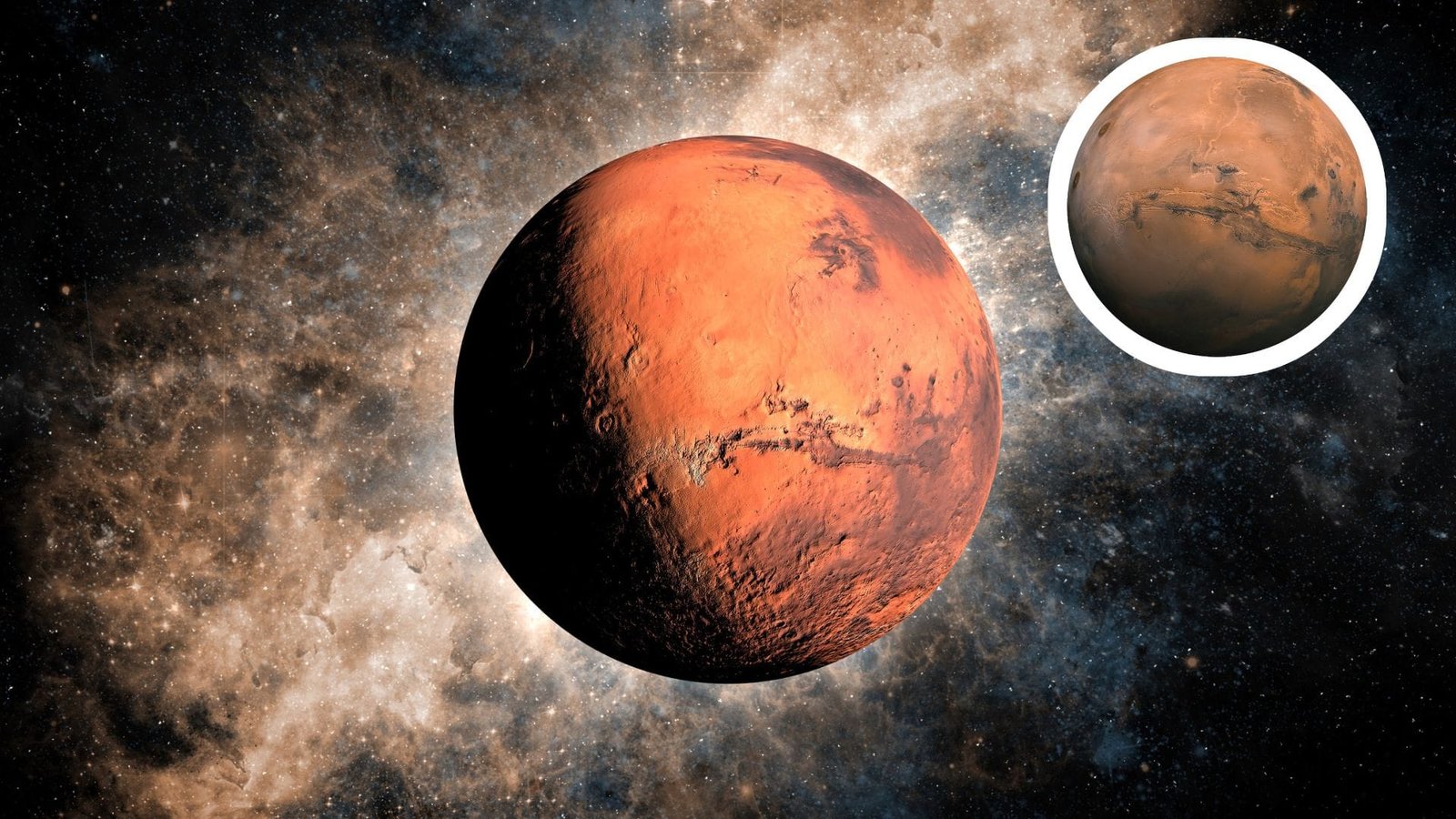
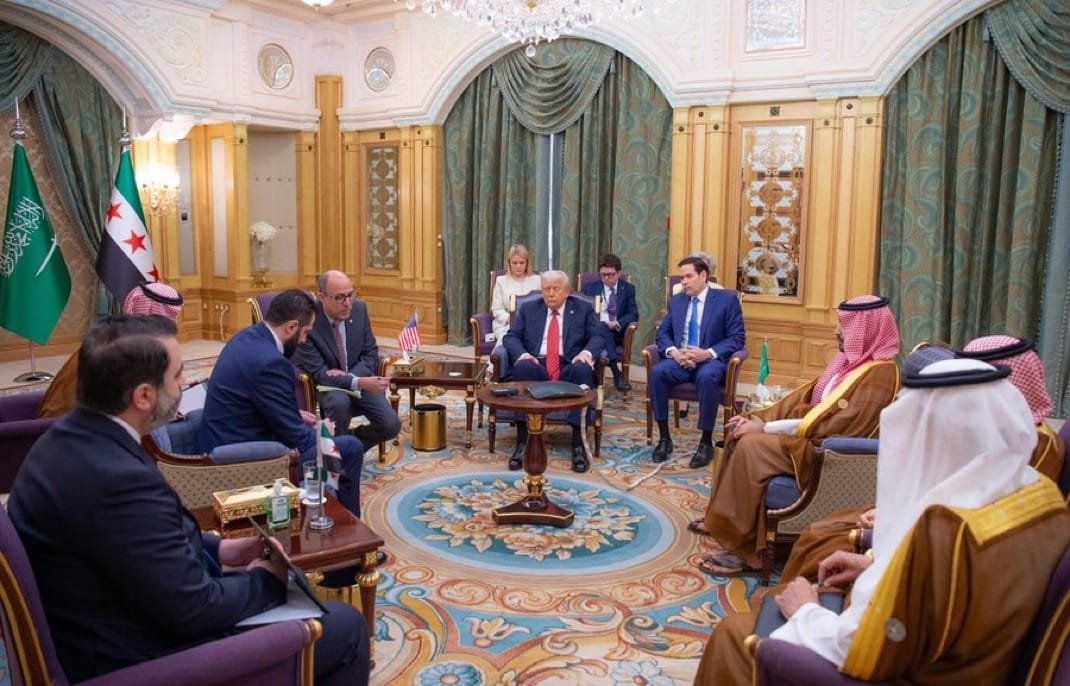


Sudah lama saya mencari konten yang membahas topik ini dengan sudut
pandang yang tajam. Konten seperti ini jarang
ditemukan, apalagi di era digital yang penuh dengan clickbait.
Yang menarik, Anda tidak hanya mengandalkan data, tapi juga menyisipkan pandangan pribadi yang memperkaya konten. Ini menunjukkan bahwa
penulis benar-benar memahami materinya, bukan sekadar menyalin dari sumber lain.
Menariknya, ada beberapa ide yang saya pikir bisa jadi tambahan bila Anda tertarik mengembangkan versi lanjutan dari tulisan ini.
Misalnya tentang dampak [isu turunan] atau studi kasus di [industri tertentu].
Menurut saya, kelebihan artikel ini adalah pada kemampuannya memadukan teori dan praktik.
Jarang ada tulisan yang mampu mengaitkan fakta akademik dengan kondisi nyata di
lapangan seperti ini.
Saya yakin, kalau artikel ini dikembangkan jadi
e-book atau seri edukasi berkelanjutan, akan banyak orang yang mendapat
manfaat. Bahkan bisa jadi rujukan bagi pelajar, profesional, maupun pelaku bisnis.
Sekali lagi, terima kasih atas dedikasi Anda dalam menulis konten berkualitas seperti ini.
Dunia digital kita butuh lebih banyak penulis seperti Anda.
Salam hangat dari pembaca setia.